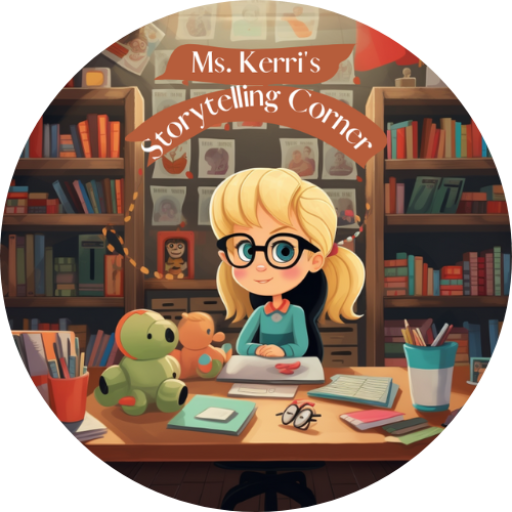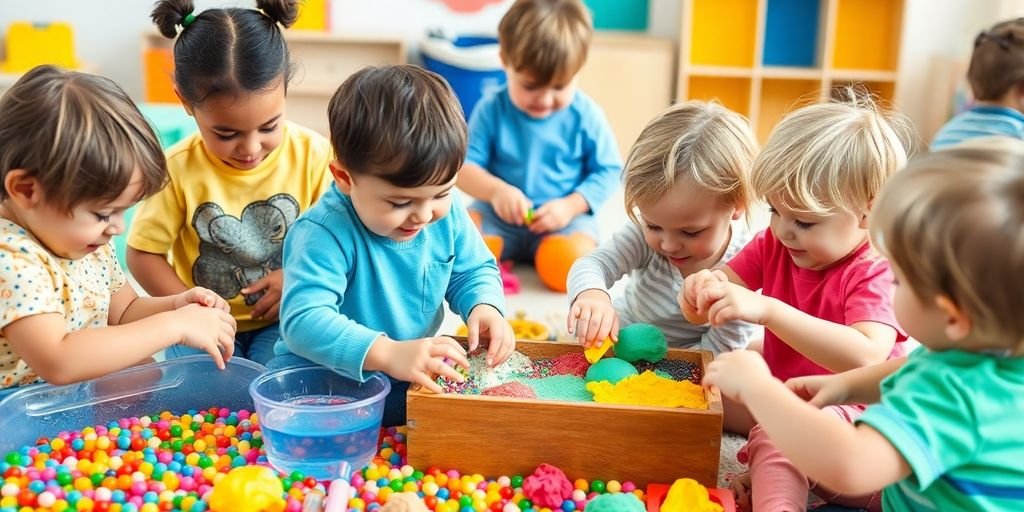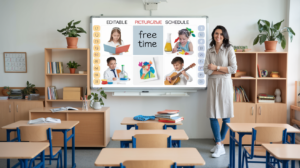Indoor sensory play for toddlers is a fantastic way to engage their natural curiosity and help them learn through hands-on experiences. With so many simple and fun activities, you can turn your home into a playground of exploration. These activities stimulate their senses, allowing them to discover textures, sounds, and even tastes while having a blast. Let’s dive into some creative ideas that will keep your little ones entertained and learning!
Key Takeaways
- Sensory play is essential for toddlers’ development and learning.
- You can create engaging sensory activities using everyday household items.
- Activities can be simple and don’t require fancy materials.
- Involving your toddler in sensory play can strengthen your bond with them.
- These activities can also have a calming effect on toddlers.
Creative Sensory Bins for Exploration
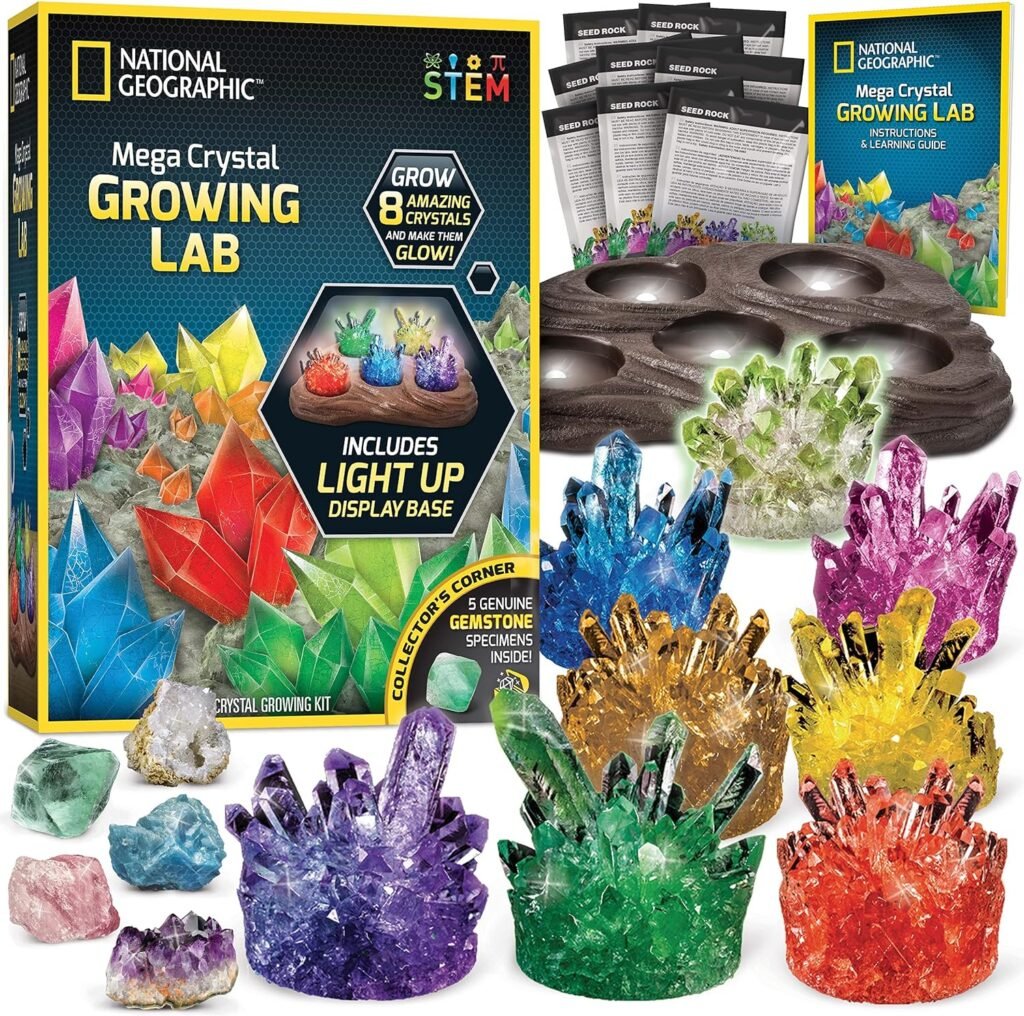
Sensory bins are a fantastic way to let toddlers explore different textures and materials in a contained environment. They’re basically a small world of tactile fun! It’s amazing how much learning happens when kids are just digging and playing. You can easily adapt them to different themes and interests, making them a constantly engaging activity. The best part? They don’t have to be expensive or complicated. A simple bin with some rice and toys can be just as effective as a fancy setup. Let’s explore some ideas to get you started.
Building a Colorful Rice Bin
Rice bins are a classic for a reason. They’re easy to set up and provide a great tactile experience. To make it more exciting, try dyeing the rice different colors. All you need is some rice, food coloring, and a little bit of vinegar. Spread the rice out on a tray to dry, and then mix it all together in your bin. Add some scoops, cups, and small toys for your toddler to play with. This is a great way to work on fine motor skills and color recognition.
Exploring Textures with Beans
Beans offer a different sensory experience compared to rice. You can use a variety of beans, like black beans, kidney beans, and lentils, to create a bin with different shapes and sizes. Hide small toys in the beans for your toddler to discover. This is a great way to encourage exploration and problem-solving skills. Just make sure your toddler is old enough not to put the beans in their mouth!
Nature-Themed Sensory Bins
Bring the outdoors inside with a nature-themed sensory bin. Collect items like leaves, twigs, rocks, and pinecones from your backyard or a local park. Wash the items thoroughly before adding them to the bin. You can also add some soil or sand to create a more realistic environment. This is a great way to teach your toddler about nature and encourage their curiosity about the world around them.
Sensory bins are not just about fun; they’re about learning and development. They help children develop their fine motor skills, problem-solving skills, and creativity. They also provide a calming and engaging activity that can help children regulate their emotions.
Engaging Water Play Activities

Water play is a fantastic way to engage your toddler’s senses and encourage exploration. It’s not just about splashing; it’s about learning and discovering new things. Plus, it’s a relatively easy activity to set up, and it can keep your little one entertained for quite a while. Just remember to always supervise your child closely during water play!
Creating Wave Bottles
Wave bottles are super simple to make and provide a calming sensory experience. All you need is an empty plastic bottle, water, and some oil (baby oil or mineral oil works great). Add a few drops of blue food coloring to the water for that ocean effect. The key is to fill the bottle almost to the top, leaving a little air space so the liquid can move. Secure the lid tightly (you might even want to glue it shut) and let your toddler explore the mesmerizing waves they create by tilting the bottle.
Splashing in a Water Table
A water table is a classic for a reason. It offers endless possibilities for sensory play. Fill it with water and add some toys like cups, boats, and rubber ducks. You can even add some dish soap for bubbles! My kid loves pouring water from one container to another, watching things float or sink, and just generally making a splash. It’s a great way to develop their fine motor skills and hand-eye coordination. You can even set up a cleaning station with waterproof toys.
Soapy Sensory Jars
Soapy sensory jars are a fun twist on the traditional sensory bottle. Fill a jar with water, add a squirt of dish soap, and then toss in some small, lightweight objects like beads, glitter, or small toys. When you shake the jar, it creates a bubbly, foamy effect that’s visually stimulating. Make sure the lid is on tight! This is a great way to introduce the concept of cause and effect – shaking the jar creates bubbles. Plus, it’s just plain fun to watch the items swirl around in the soapy water.
Water play doesn’t have to be complicated or expensive. Sometimes, the simplest activities are the most engaging. The goal is to provide opportunities for your toddler to explore, experiment, and learn through sensory experiences. Just remember to keep it safe and have fun!
Artistic Sensory Experiences
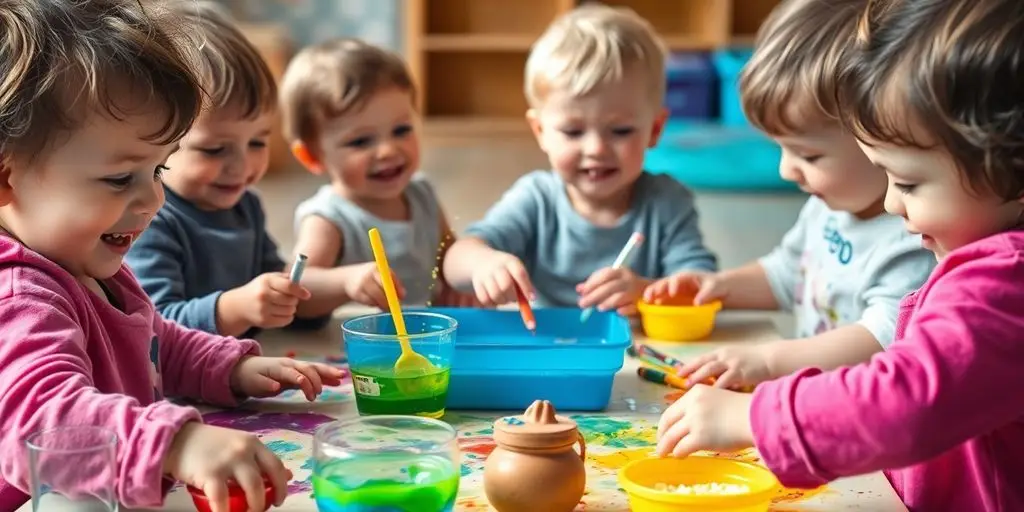
Time to get those little hands messy! Artistic sensory experiences are a fantastic way to let toddlers explore their creativity while engaging their senses. It’s not just about the finished product; it’s about the process of feeling, squishing, and creating.
Homemade Finger Paint
Forget store-bought paints loaded with who-knows-what. Making your own finger paint is super easy and safe. All you need is some cornstarch, water, and food coloring. Mix the cornstarch and water until it’s a smooth, slightly thick consistency, then divide it into containers and add different food colorings. The best part is that it’s taste-safe (though not exactly delicious), so you don’t have to worry too much if your little one decides to sample their artwork. Let them go wild on some paper, a high chair tray, or even in the bathtub for easy cleanup.
Mess-Free Painting with Water
Okay, maybe you’re not quite ready for full-on finger painting chaos. I get it! Mess-free painting with water is a great alternative. All you need is some water, paintbrushes, and dark construction paper. When your toddler paints the paper with water, it creates a cool, temporary effect that looks like paint. It’s mesmerizing for them, and the best part is, it dries and they can start all over again. It’s like magic! Plus, it’s a great way to introduce the concept of cause and effect.
Sensory Art with Shaving Cream
Shaving cream isn’t just for shaving anymore! It’s an awesome sensory art medium. Squirt some shaving cream onto a tray or table and let your toddler explore the texture. You can add a few drops of food coloring to make it even more exciting. They can swirl it, spread it, and make all sorts of designs. For a cool marbled effect, try this:
- Spread a layer of shaving cream on a tray.
- Drip food coloring randomly over the shaving cream.
- Use a stick or paintbrush to swirl the colors together.
- Gently press a piece of paper onto the shaving cream.
- Lift the paper and scrape off the excess shaving cream to reveal a marbled masterpiece.
This activity is great for developing fine motor skills and hand-eye coordination. Plus, it’s just plain fun! Just be sure to supervise your toddler closely to prevent them from eating the shaving cream (it’s not toxic, but it’s not exactly a snack either!).
Interactive Sound and Music Play
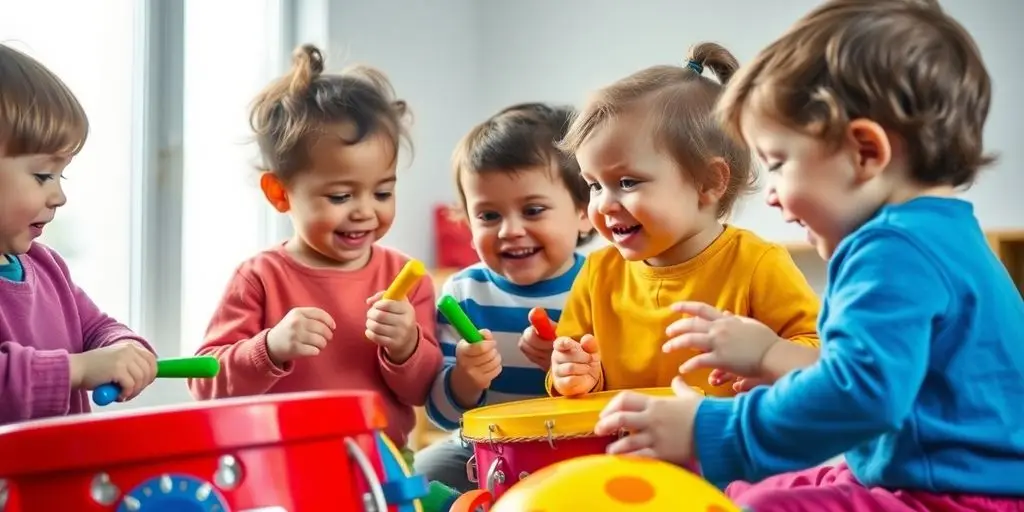
Time to get loud! Toddlers are naturally drawn to sounds, and creating a musical environment is a fantastic way to engage their senses and encourage creativity. Sound play isn’t just about making noise; it’s about exploring different tones, rhythms, and volumes. It’s also a great way to burn some energy!
Making DIY Instruments
Forget expensive store-bought instruments. You can make amazing musical tools with items you already have at home. This is a great way to teach kids about recycling and resourcefulness, too. Plus, it’s super fun!
Here are a few ideas:
- Shakers: Fill empty plastic bottles or containers with rice, beans, or pasta. Secure the lids tightly (super glue is your friend here!) and let your toddler shake away.
- Drums: Pots, pans, and plastic bowls make excellent drums. Use wooden spoons or even just your hands to create different sounds.
- Guitars: Stretch rubber bands around an empty shoebox to create a simple stringed instrument. Your toddler can pluck the rubber bands to make different sounds.
Exploring Sound with Pots and Pans
Let your toddler loose in the kitchen (under supervision, of course!) with a selection of pots, pans, and utensils. Encourage them to experiment with different sounds by hitting the items with spoons, spatulas, or even their hands. This activity is great for developing their sense of rhythm and coordination. Just be prepared for some noise!
Musical Sensory Bottles
Musical sensory bottles are a calmer alternative to banging on pots and pans. Fill empty plastic bottles with different materials, such as water, glitter, beads, or small bells. Seal the bottles tightly and let your toddler shake them to create different sounds and visual effects. These bottles are great for portable feeding tools and quiet time, too.
This activity is a great way to introduce the concept of cause and effect. Your toddler will quickly learn that shaking the bottle harder or using different materials will create different sounds. It’s also a fun way to explore different textures and colors.
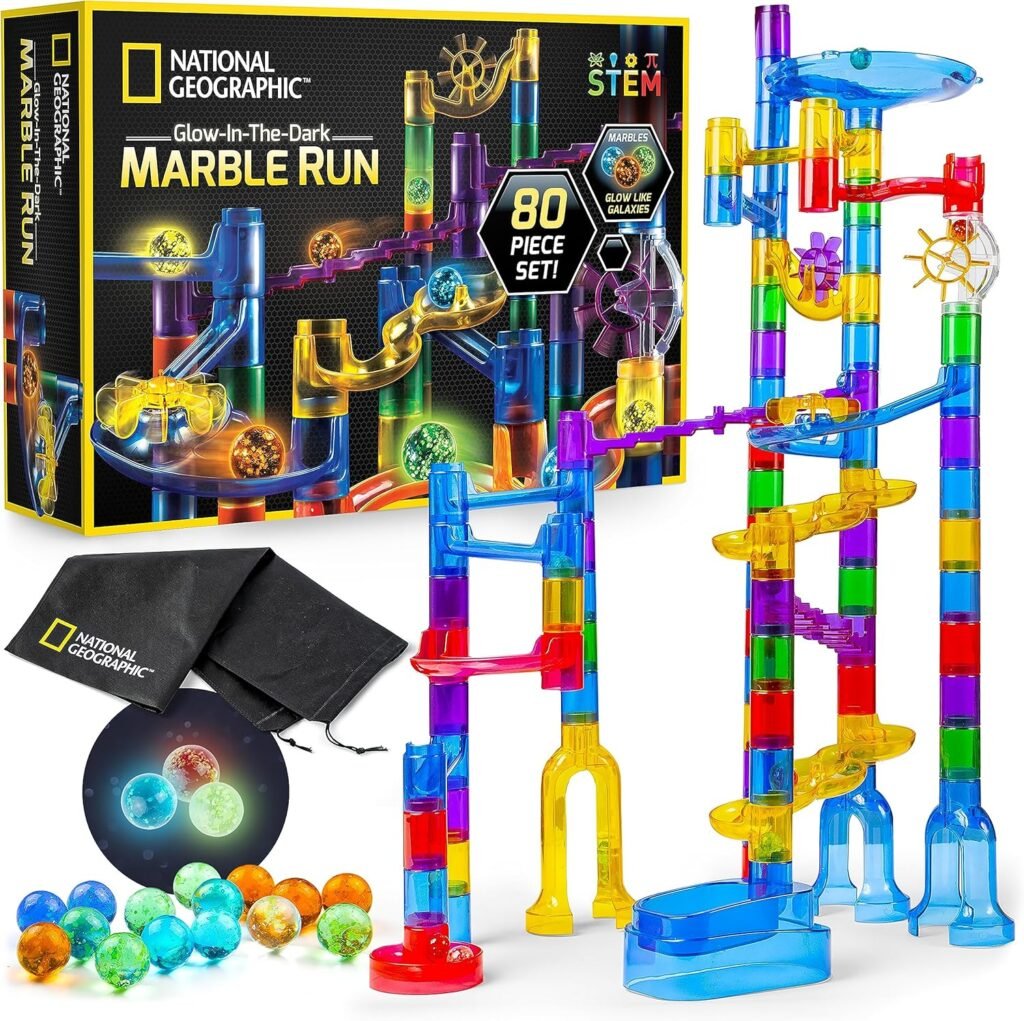
Tactile Play with Everyday Items
Sometimes, the best sensory experiences come from the simplest things around the house. You don’t need fancy toys or expensive kits to engage your toddler’s sense of touch. Everyday items can become amazing tools for exploration and learning. It’s all about how you present them and encourage interaction.
Creating a Sensory Path
A sensory path is a fantastic way to engage your toddler’s tactile senses using different textures. You can create one easily using items you already have. Think about it: a towel, a rug, bubble wrap, a pile of leaves, or even a line of pillows.
- Lay out the items in a line or circle on the floor.
- Encourage your toddler to walk, crawl, or roll across the path.
- Talk about the different textures they are feeling – soft, bumpy, smooth, scratchy.
This activity is great for gross motor skills too, as it encourages movement and coordination. Plus, it’s a fun way to get some energy out on a rainy day.
Using Play Dough for Fine Motor Skills
Play dough is a classic for a reason! It’s not just fun; it’s also great for developing fine motor skills. Rolling, squeezing, pinching, and shaping play dough all help strengthen the small muscles in your toddler’s hands and fingers. You can buy play dough, but making your own is super easy and adds another layer of sensory fun.
- Homemade play dough is easy to make with flour, salt, water, and oil.
- Add food coloring for extra visual stimulation.
- Provide tools like rolling pins, cookie cutters, and plastic knives for added play options.
Exploring with Sand
Bringing the beach indoors? Yes, please! Sand offers a unique tactile experience that’s both calming and stimulating. You can use regular sand from a sandbox (make sure it’s clean!) or try kinetic sand, which is less messy and holds its shape better. A small container or bin is all you need to create a mini sandpit.
- Use a bin to make a mini indoor beach with some beach toys and scoops.
- Kinetic sand sticks to itself and causes less mayhem in the clean-up department.
- Hide small toys in the sand for your toddler to discover, adding an element of surprise and exploration.
Culinary Sensory Activities
Taste Testing Different Foods
Taste testing can be a super fun way to engage your toddler’s senses! Blindfold them (or just have them close their eyes) and offer small samples of different foods. Think about varying textures and flavors – a smooth yogurt, a crunchy cracker, a juicy piece of fruit. It’s amazing to see their reactions and hear them try to guess what they’re eating. This activity is great for expanding their palate and encouraging them to try new things.
Baking Together
Baking is a fantastic sensory experience from start to finish. From measuring ingredients to mixing the batter and smelling the delicious aromas as it bakes, there’s so much to explore. Let your toddler help with simple tasks like pouring ingredients or stirring (with supervision, of course!). They’ll love feeling the flour, seeing the colors mix, and, of course, tasting the final product. Plus, it’s a great way to teach them about fresh ingredients and where food comes from.
Here are some ideas for baking with toddlers:
- Simple cookies
- Muffins
- Pancakes
Baking together isn’t just about making something tasty; it’s about creating memories and fostering a love of food. The sensory input from the textures, smells, and tastes is incredibly stimulating for young children.
Exploring Spices and Scents
This is a simple yet effective sensory activity. Gather a collection of different spices – cinnamon, cloves, nutmeg, etc. – and let your toddler smell each one. Talk about the different scents and where they come from. You can even let them touch the spices (under supervision) to explore their textures. For an extra layer of fun, try hiding the spices in containers and having them guess what they are based on the smell. This activity is a great way to introduce them to new aromas and expand their sensory awareness.
Nature-Inspired Sensory Activities
Bring the great outdoors inside! Nature provides a wealth of sensory experiences that are perfect for toddlers. These activities not only engage their senses but also help them connect with the natural world. It’s a win-win!
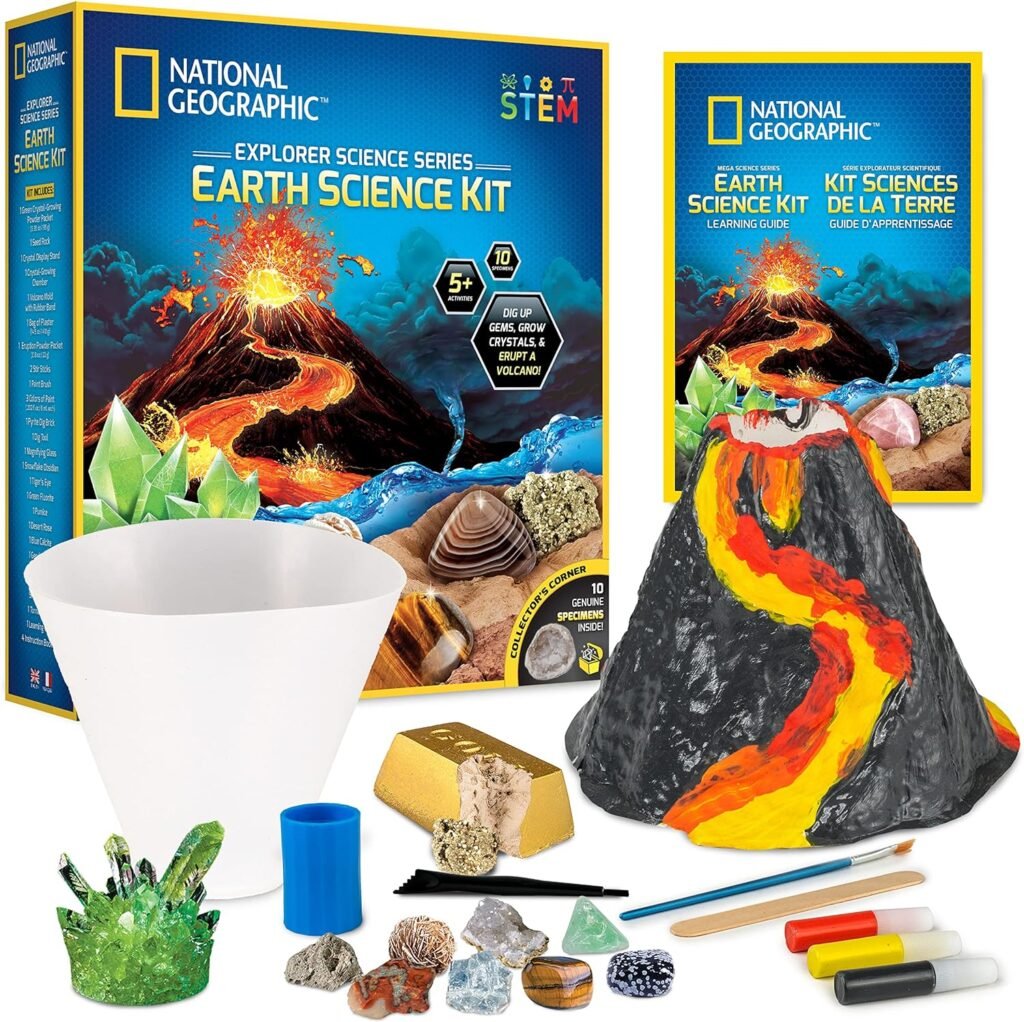
Fall Leaf Exploration
Okay, so it’s not fall right now, but save this idea! Collect leaves of different colors, shapes, and sizes. Let your toddler feel the textures, compare the colors, and even create leaf rubbings with crayons. You can even press them between wax paper to preserve them. It’s like a mini art project and science lesson all in one.
Collecting and Sorting Natural Items
Go on a nature walk and gather items like rocks, twigs, pinecones, and shells. Once you’re back home, sort them by size, color, or texture. This activity encourages critical thinking and observation skills. Plus, it’s a great way to talk about where these items come from and their importance in the environment.
Creating a Mini Garden
Even if you don’t have a big backyard, you can create a mini garden indoors. Use a small container, soil, and some seeds or small plants. Let your toddler help with planting and watering. This activity teaches responsibility and patience, and it’s so rewarding to watch something grow. We did this last year and my kid was so proud of his little sprouts!
I think it’s important to remember that sensory play isn’t just about keeping kids busy. It’s about helping them learn and grow through exploration and discovery. Nature-inspired activities are a fantastic way to do just that, while also fostering a love for the environment.
Wrapping It Up
So there you have it! A bunch of fun and easy sensory play ideas for your little ones. These activities not only keep toddlers busy but also help them learn and explore their world in a hands-on way. Remember, it doesn’t have to be fancy or complicated. Just grab some stuff from around the house and let them dive in. Whether it’s making a mess with paint or splashing in water, these moments are all about discovery and creativity. Plus, you might find that you enjoy the time spent together just as much as they do. So, the next time you’re stuck indoors, pull out one of these ideas and watch your toddler light up with excitement!
Frequently Asked Questions
What is sensory play?
Sensory play includes activities that engage a child’s senses like touch, sight, sound, taste, and smell. It’s a fun way for toddlers to explore and learn about the world around them.
Why is sensory play important for toddlers?
Sensory play helps toddlers develop their fine motor skills, boosts their creativity, and encourages problem-solving. It also provides a great way for them to express their emotions.
How can I create a sensory bin at home?
To make a sensory bin, find a sturdy container and fill it with a base material like rice or beans. Add small toys, scoops, or other items for your toddler to discover and play with.
What are some safe materials for sensory play?
Safe materials for sensory play include rice, beans, water, flour, and safe household items like sponges or fabric. Always supervise your child during play to ensure safety.
Can sensory play be messy?
Yes, sensory play can get messy, but that’s part of the fun! You can set up activities in areas that are easy to clean, like outside or on a plastic mat.
How often should I engage my toddler in sensory play?
You can engage your toddler in sensory play as often as you like! Daily activities can be beneficial, but even a few times a week can provide great learning opportunities.
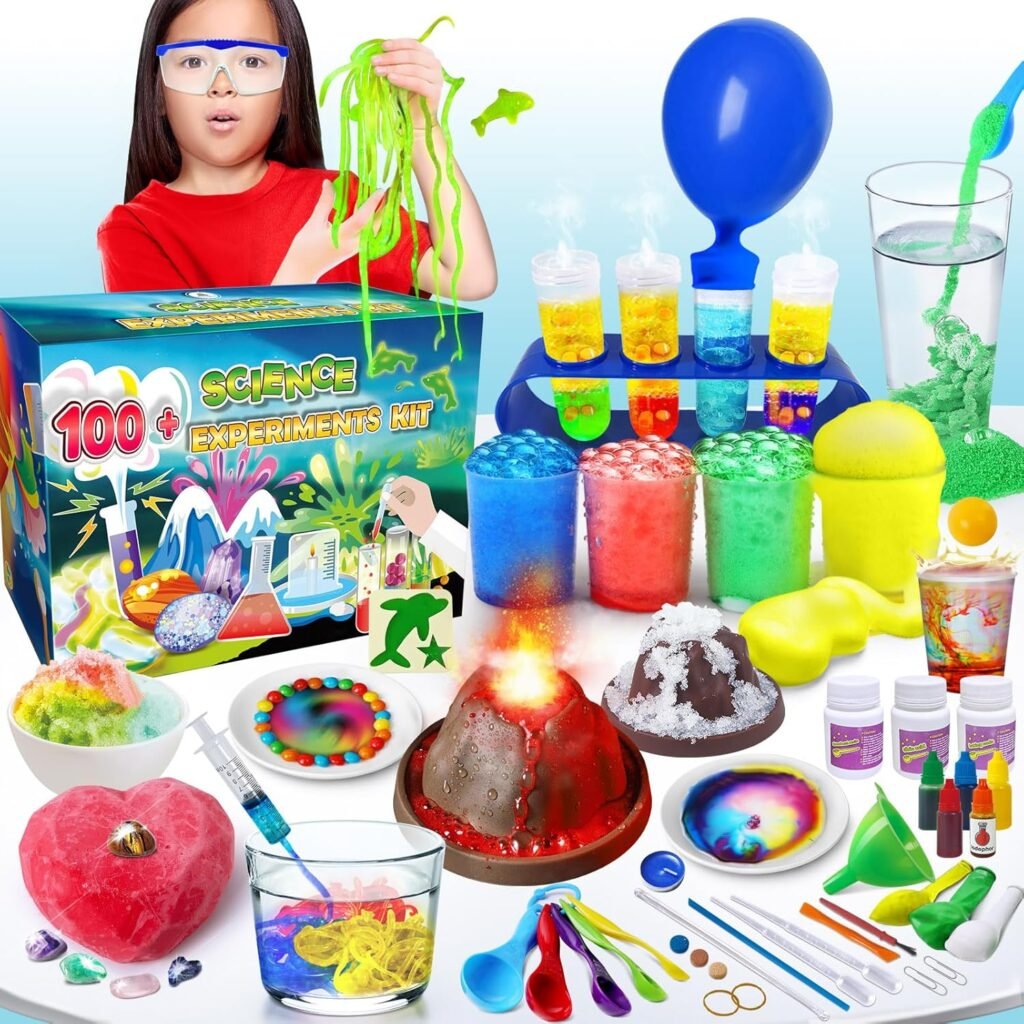

Ms. Kerri’s Corner provides a exciting virtual space for preschool learning. Through a variety of engaging activities, she exposes young minds to early math, literacy, science and social-emotional skills in a developmentally appropriate way. Centers for blocks, art, books and music allow children to explore hands-on learning at their own pace. Guided lessons subtly introduce number sense, letter sounds and narrative thinking. Careful observation gives insight into each child’s progress across domains. Viewers are also invited to participate, reinforcing that their ideas are valued. By making learning fun yet purposeful, Ms. Kerri lays the groundwork for future academic success while fostering creativity and imagination. Her program offers preschoolers valuable screen-based learning experiences.
